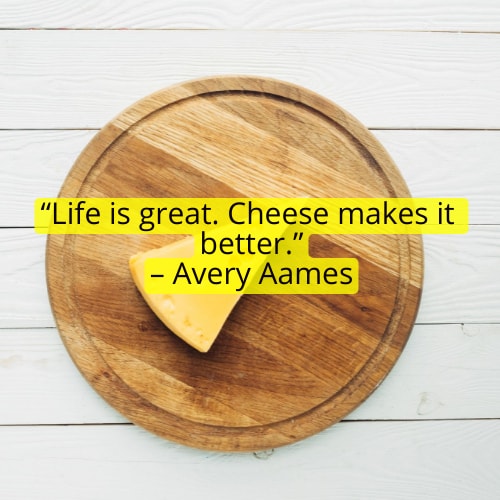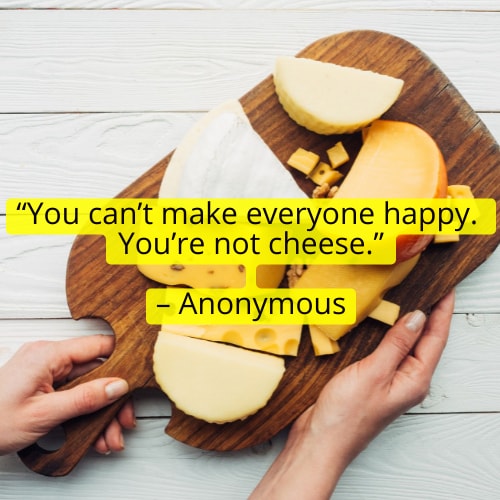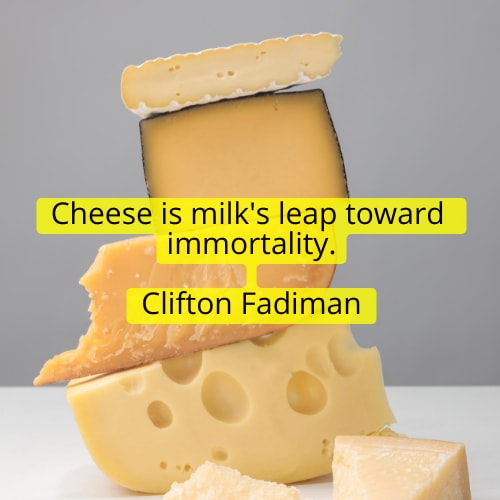Cheese Fondue Vs. Raclette: What’s The Difference?
According to Culture Trip, simple cheese fondue is just melted cheese served in a pot with bread cubes for dunking. AlpenWild says modern-day versions of the meal originated in 18th-century Switzerland as a way for agricultural families to stretch their winter larder. The hearty meal also made good use of stale bread. Fondue recipes eventually made their way into French and Belgian cookbooks, marking the acceptance of the simple farmers’ dish into well-to-do dining rooms. It wasn’t until the 20th century, 1964 to be exact, that fondue gained momentum in the United States after it was introduced in the Swiss Pavillion’s Alpine-inspired restaurant during the New York World’s Fair.
While modern-day fondue usually begins with a base of nutty Gruyère, some connoisseurs prefer Vacherin, a creamier, semi-hard cheese, according to BBC Good Food. Food History says moitiè-moitiè, a 50-50 blend of Gruyère and Vacherin Fribourgeois, is a popular base. In the Swiss canton of Valais, the go-to blend comprises Gruyère and Raclette, but in Bern, Emmentaler reigns supreme. Recent twists on the classic one-dish meal may incorporate herbs, paprika, cayenne, nutmeg, or mustard.
Ready to dip in? Mind your bread cubes. In Switzerland, it’s bad form to lose your bread in melted cheese (via Food History). And don’t underestimate the leftovers. When the melted cheese is almost gone, tradition calls for turning up the heat just enough to form a dark crust, the religieuse, on the bottom of the fondue pot. Some say it’s the best part of fondue.
..


